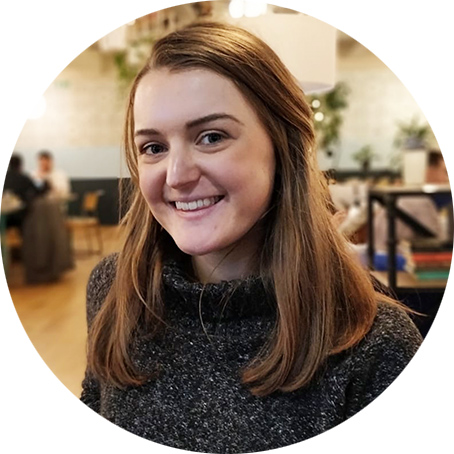Young people as the driving force of our built environment

By Hattie Webb | 17/02/20 15:07
3 min read
Think of your local area and the instances where you see young people, from their journeys to school, in parks and open spaces and high streets where young people spend lunchtimes or simply hang out after school or college.
Young people make up a large fabric of our cities; London has a far higher proportion of residents aged between 25-34, particularly in Inner London where they make up a quarter of the population. Places are important for working, living and playing. How we engage young people in shaping their communities has the potential to strengthen social cohesion, by including young people in decisions about spaces they are often excluded from.
Shockingly, less than 2% of people trust developers to act in an honest way when planning and executing large-scale development (Rebuilding Trust, Grosvenor Report. 2019). In this context, consultations are a useful tool to get the local community and stakeholders involved in the planning and development process, to share their ideas and provide insights and input.
However, traditional methods can make it difficult to reach communities and keep them engaged throughout the process. Consultations can be lengthy and may also contain different phases over time.
While consultations are intended to engage the local community, sometimes the process is inaccessible. There is also the feeling that consultations can be a tick-box exercise rather than a strategy to gain perspectives and input from the community. Young people are no exception to this rule.
Young people are often perceived as hard to reach. The barriers they face accessing complex planning and policy making language and processes are entirely avoidable. Traditional community engagement fails to address the environment, language and spaces required for young people to feel comfortable to voice their opinions with events often taking place in formal civic buildings.
Young people tend to be savvy at keeping informed and using technology to shape their involvement. At the same time, young people are highly mobile. Designing consultations that consider these barriers can help shape their success.
Dr Jenny Wood examines the question of participation in the specific case of under 18 year-olds and their role in the Scottish Planning system. In her view, planning is a universal service provided by the government to the whole population, therefore, provisions for the participation of all affected parties, including children and young people should be provided. The Child Friendly Cities network promoted by UNICEF has developed a framework for the engagement of this often side-lined community.
A recent report by the RTPI led by Wood and the architect Dinah Borat examined the friendliness of the UK planning system and concludes that all countries in the UK need to do better if they are serious about engaging children and young people in the planning process. By contrast the Norwegian Planning and Building Act enshrines in law the need for local authorities to involve younger demographics:
“The municipality has a special responsibility for ensuring the active participation of groups who require special facilitation, including children and youth. Groups and interests who are not capable of participating directly shall be ensured good opportunities of participating in another way.” (Chapter 5. Section 5-1)
Often resources prevent local authorities from engaging in meaningful participation. Most young people’s free time is limited to after-school and on weekends which prevents meaningful engagement if timescales do not allow for flexibility. A recent report ‘Young Londoners priorities for a Sustainable City, highlighted young people’s frustration in not being heard by the older generation who are responsible for setting government policy.
The GLA has gone some way in addressing this challenge through its Peer Outreach Workers and Mayors Young Advisers programmes. However, there is still a need for more localised borough-wide approaches that provide direct links between young people, planning departments and local Councillors. Initiatives such as Hackney Young Futures Commission is one example of a dedicated approach to this
There is also the question of how we aid young people’s understanding of planning processes by making planning less technical and more accessible. It is essential that young people feel that they have a stake in their local community by physically seeing their opinions converted into short-term actions that contribute to the bigger picture. Organisations such as Build Up, Generation Place and Matt + Fiona Build are working within this realm and demonstrating the power of engaging young people in local civic action.
Harnessing young people’s opinions of future development proposals offers a unique window into the challenges young people face in the built environment. As active urban dwellers, young people are very knowledgeable of their local area and can offer useful lived-in experiences of key planning issues such as transport, connectivity, high streets and public spaces.
Using technology is an opportunity to get more young people to shape the places they live. It also facilitates a continuous evaluation of data and means that consultations can be staged, capturing more ideas at different points throughout the process. It also offers a way to keep people engaged and informed about the status of the development and be involved from start to end.
At the Commonplace Young Urban Panel, we have started to explore how we can build young people’s civic capacity and engagement through the Commonplace platform and other technologies. By involving young people, we hope to identify new ideas and projects that look at how we can best harness data and technology in preparation for a future of data driven urban development.
The aspiration is to enable young people to have a permanent stake in digitally and physically shaping their future city and environments for the better.
The authors are all taking part in Commonplace’s Young Urban Panel. They are Karen Jelenje, Alison Noehrbass and Simeon Shtebunaev.
.png)